Uwajimaya’s Kai Market Debuts In Seattle
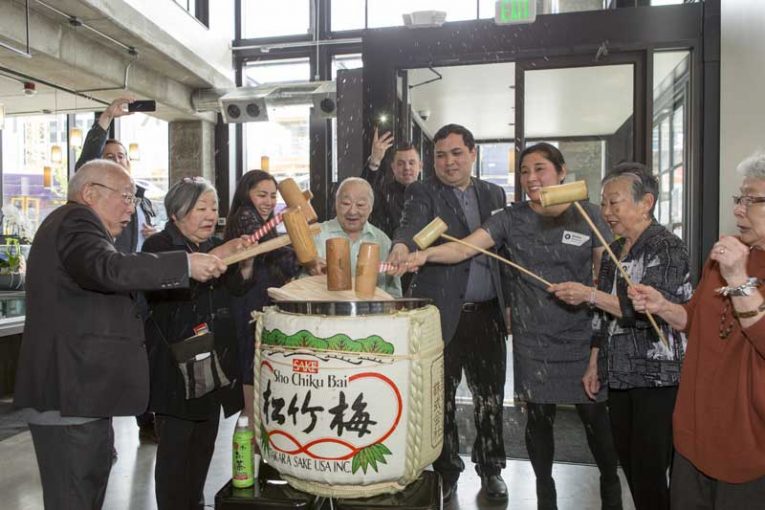
The first Kai Market, a new concept from Asian grocer Uwajimaya, celebrated its much-anticipated grand opening May 3 inside the ground floor of 400 Fairview, a mixed-use building in Seattle’s South Lake Union area. The urban, 5,500-s.f. space features dine-in and grab-and-go foodservice options with an emphasis on fresh seafood, along with a limited selection of grocery items.
The store has been a source of excitement for both consumers and for the company, Uwajimaya’s new CEO Denise Moriguchi told The Shelby Report. Prior to the grand opening, Kai Market spent a little more than two weeks in soft opening, and shoppers couldn’t get enough.
“We get emails and posts every day—when are you opening?” Moriguchi said. “We have been selling lunch items…We’ve gotten a lot of good response and have been selling out of our products, although they’ve been in smaller quantities.”
The store has been a source of excitement for both consumers and for the company, Uwajimaya’s new CEO Denise Moriguchi told The Shelby Report. Prior to the grand opening, Kai Market spent a little more than two weeks in soft opening, and shoppers couldn’t get enough.
“We get emails and posts every day—when are you opening?” Moriguchi said. “We have been selling lunch items…We’ve gotten a lot of good response and have been selling out of our products, although they’ve been in smaller quantities.”
Filling a foodservice gap

Part of the excitement surrounding Kai’s launch stems from a lack of lunch and dinner options in the area, especially when it comes to Asian cuisine. The South Lake Union area is home to Amazon, as well as Microsoft offices and a number of startups, all employing people looking for a little more variety in their meals.
“There are just so many office workers—it’s super-dense,” Moriguchi noted. “And I would say there’s not enough lunch and dinner options right now; there’s definitely a number in the area, but just for the number of workers, people want more choices and more options for primarily lunch, but a little bit for dinner as well.”
At somewhere around 70 percent foodservice and 30 percent grocery, Moriguchi believes Kai Market is offering just the right mix for the local population. While the store focuses heavily on grab-and-go, it also offers a range of Asian snacks popular at the more traditional Uwajimaya grocery stores, including Japanese crackers, cookies and candy, as well as beverages ranging from tea, coffee and soda to beer, wine and sake.
“The amount of grocery that we have is basically enough to complement your seafood,” said Moriguchi. “We have a small selection of produce, enough to make a side noodle dish or something like that also.”
The company anticipates a rise in residential population, so it’s possible that the product assortment could shift over time to target more than the grab-and-go lunch and dinner crowd. But Moriguchi believes that Kai Market will provide shoppers looking for more Asian grocery options with a taste of what can be found at the full Uwajimaya stores.
“(Kai Market) does complement our traditional stores,” she said. “If you came in and you said ‘well, I really want this stuff, and I’d love to have a big selection of produce,’ we can say we have that just a few miles away at our flagship store location in Seattle. And hopefully it just introduces you or (serves) as your quick fix, and then when you really want to make a big meal, you can go to our traditional store.”
“There are just so many office workers—it’s super-dense,” Moriguchi noted. “And I would say there’s not enough lunch and dinner options right now; there’s definitely a number in the area, but just for the number of workers, people want more choices and more options for primarily lunch, but a little bit for dinner as well.”
At somewhere around 70 percent foodservice and 30 percent grocery, Moriguchi believes Kai Market is offering just the right mix for the local population. While the store focuses heavily on grab-and-go, it also offers a range of Asian snacks popular at the more traditional Uwajimaya grocery stores, including Japanese crackers, cookies and candy, as well as beverages ranging from tea, coffee and soda to beer, wine and sake.
“The amount of grocery that we have is basically enough to complement your seafood,” said Moriguchi. “We have a small selection of produce, enough to make a side noodle dish or something like that also.”
The company anticipates a rise in residential population, so it’s possible that the product assortment could shift over time to target more than the grab-and-go lunch and dinner crowd. But Moriguchi believes that Kai Market will provide shoppers looking for more Asian grocery options with a taste of what can be found at the full Uwajimaya stores.
“(Kai Market) does complement our traditional stores,” she said. “If you came in and you said ‘well, I really want this stuff, and I’d love to have a big selection of produce,’ we can say we have that just a few miles away at our flagship store location in Seattle. And hopefully it just introduces you or (serves) as your quick fix, and then when you really want to make a big meal, you can go to our traditional store.”
A seafood destination
As Moriguchi settles into her new role as CEO (she was named head of the family business in February), she is looking for ways to bring her next-gen insights to the company, and Kai Market is the initial result of that drive.
“I see so many opportunities and so much growth and so much potential for the company, so I’m really excited,” she said. “Just opening Kai Market has been a really nice way to say the next generation is here and here’s our new concept. Because even though I just took over in February, I have been working for a number of months—probably almost a year—with one of my cousins who is also a third-generation leader of this company. And Kai Market is really our vision—it’s modern, it’s really different from our traditional stores. I think it’s been a nice way to physically show Uwajimaya is changing. We’re growing, but we’re also preserving our past.”
To help drive the modern feel of Kai Market, the company shifted to a more elevated design appropriate for a “grocerant,” Moriguchi noted. “We have a hand-stuccoed wall. We have these beautiful porcelain tiles that really just differentiate it from your traditional grocery store.”
But Kai Market has adopted some elements of Uwajimaya stores, including live seafood tanks. Kai Market features live crab, lobster, oysters and clams, and this helps to set the store apart as a fresh seafood destination.
“It signals to (shoppers) I’m getting the best sushi and the best sashimi and the best poke in town because they have the freshest seafood,” Moriguchi said. “So even if you’re not buying live seafood, you feel like the seafood that you’re buying in your grab-and-go lunch is the freshest.”
While Moriguchi is ready to catch her breath now that Kai Market has opened, she sees plenty of opportunity in the future for Kai Market and for Uwajimaya in Washington and Oregon.
“There are new people, we’re growing and our cities are doing well. I think there’s a lot of opportunity just within our current footprint to expand,” she said.
As Moriguchi settles into her new role as CEO (she was named head of the family business in February), she is looking for ways to bring her next-gen insights to the company, and Kai Market is the initial result of that drive.
“I see so many opportunities and so much growth and so much potential for the company, so I’m really excited,” she said. “Just opening Kai Market has been a really nice way to say the next generation is here and here’s our new concept. Because even though I just took over in February, I have been working for a number of months—probably almost a year—with one of my cousins who is also a third-generation leader of this company. And Kai Market is really our vision—it’s modern, it’s really different from our traditional stores. I think it’s been a nice way to physically show Uwajimaya is changing. We’re growing, but we’re also preserving our past.”
To help drive the modern feel of Kai Market, the company shifted to a more elevated design appropriate for a “grocerant,” Moriguchi noted. “We have a hand-stuccoed wall. We have these beautiful porcelain tiles that really just differentiate it from your traditional grocery store.”
But Kai Market has adopted some elements of Uwajimaya stores, including live seafood tanks. Kai Market features live crab, lobster, oysters and clams, and this helps to set the store apart as a fresh seafood destination.
“It signals to (shoppers) I’m getting the best sushi and the best sashimi and the best poke in town because they have the freshest seafood,” Moriguchi said. “So even if you’re not buying live seafood, you feel like the seafood that you’re buying in your grab-and-go lunch is the freshest.”
While Moriguchi is ready to catch her breath now that Kai Market has opened, she sees plenty of opportunity in the future for Kai Market and for Uwajimaya in Washington and Oregon.
“There are new people, we’re growing and our cities are doing well. I think there’s a lot of opportunity just within our current footprint to expand,” she said.
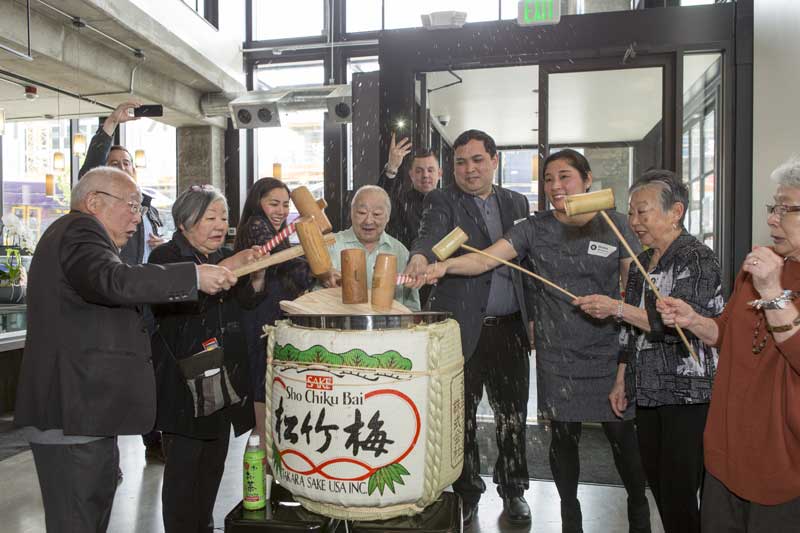
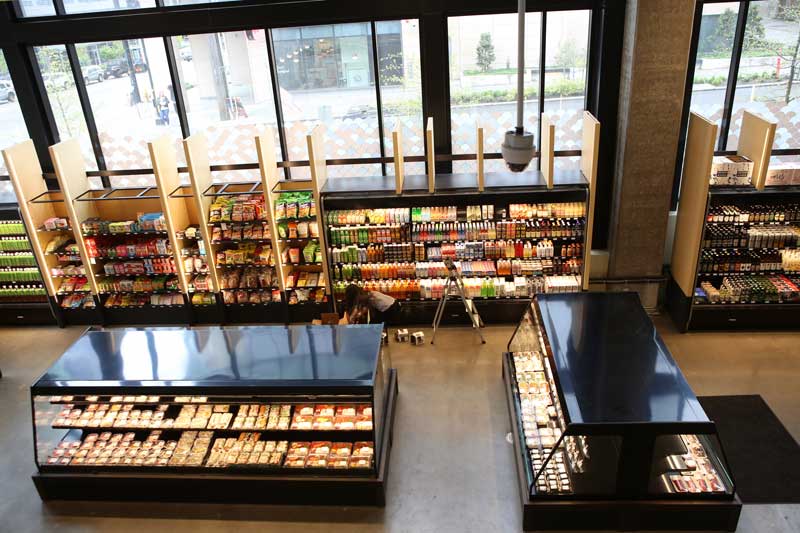


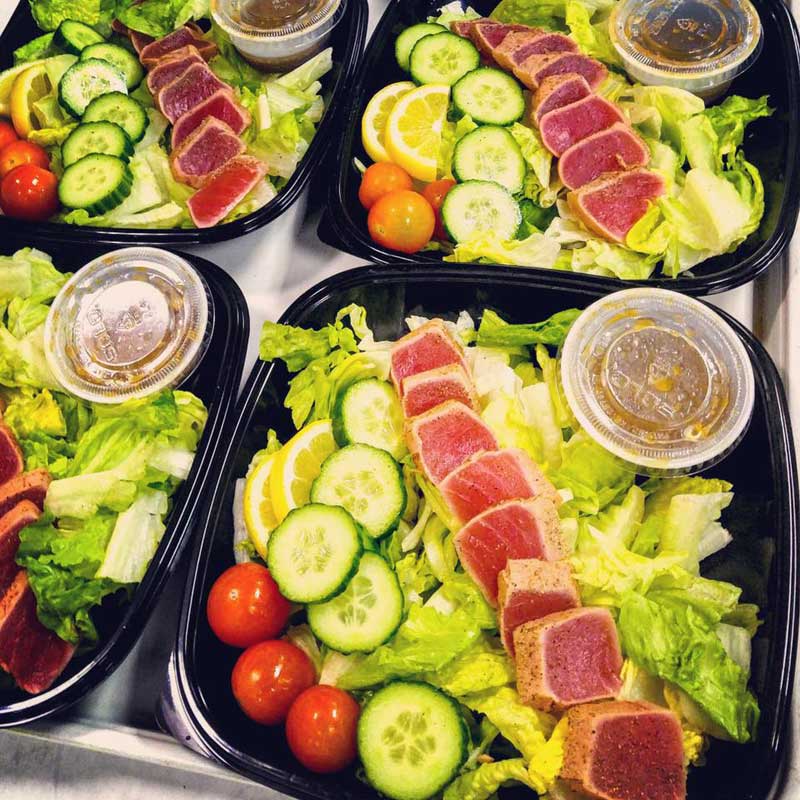
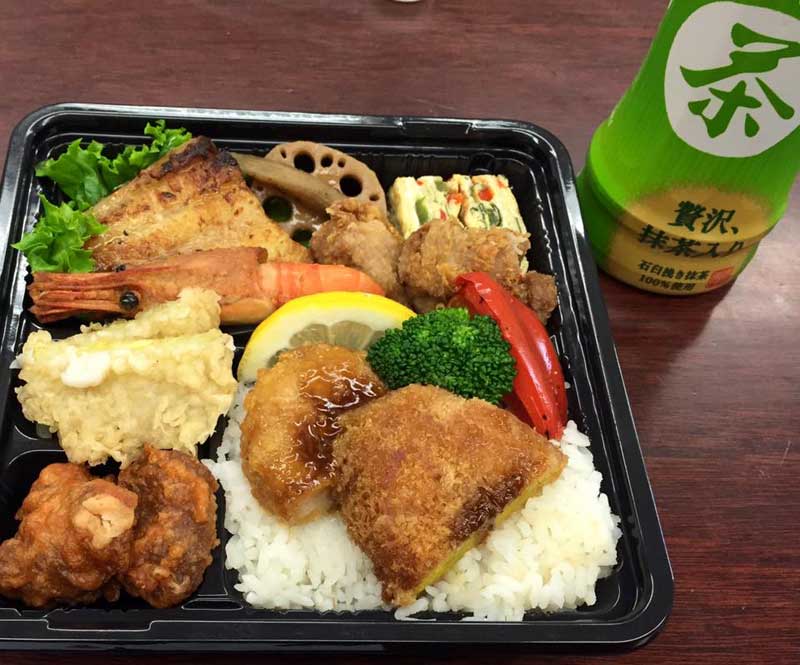
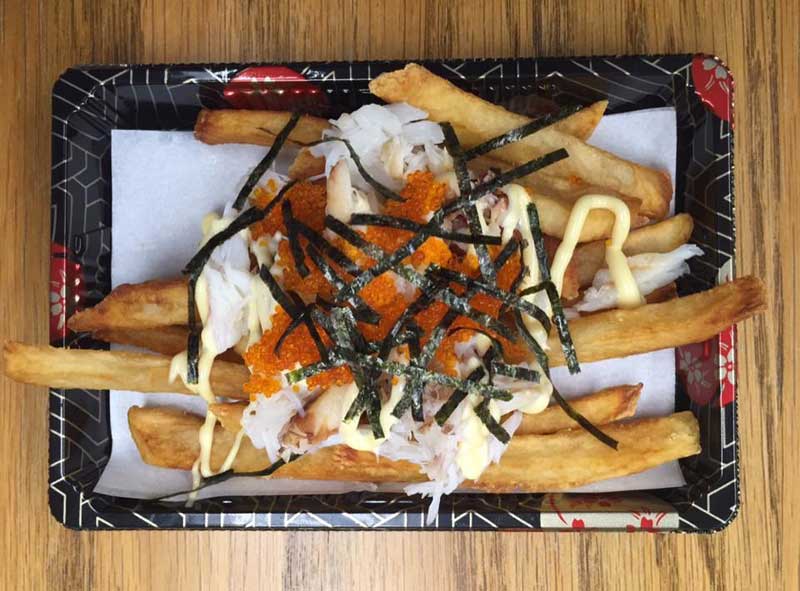
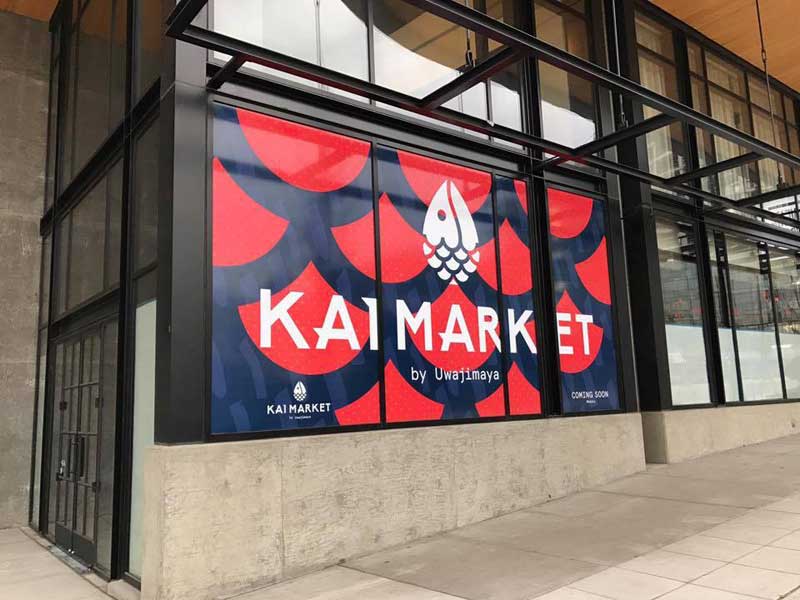
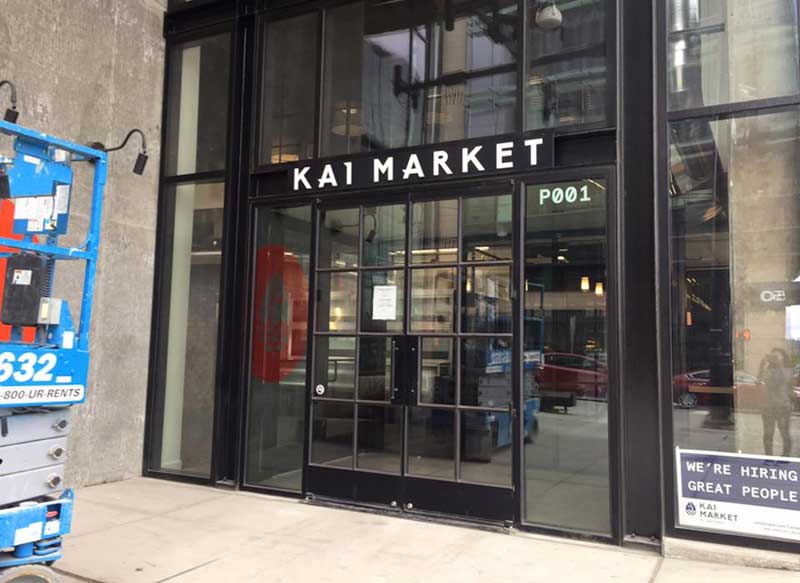

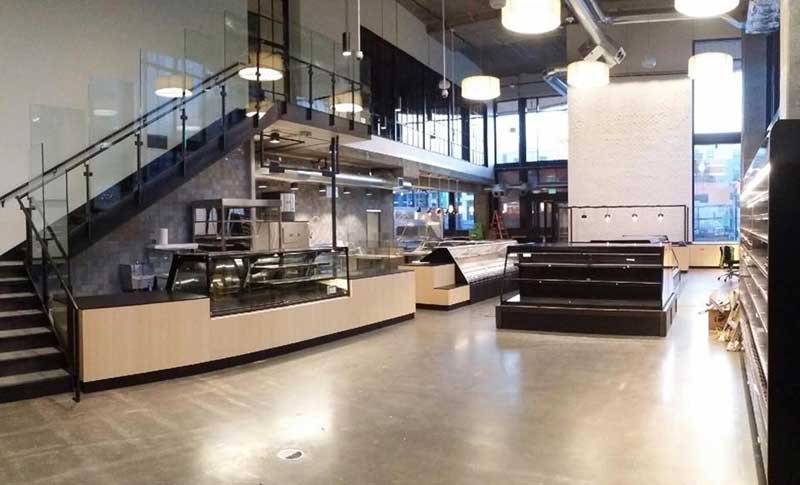
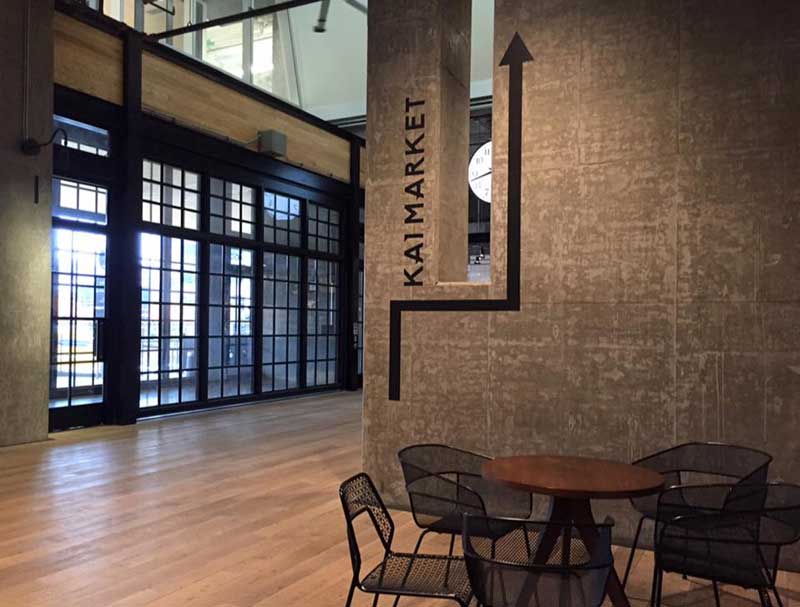
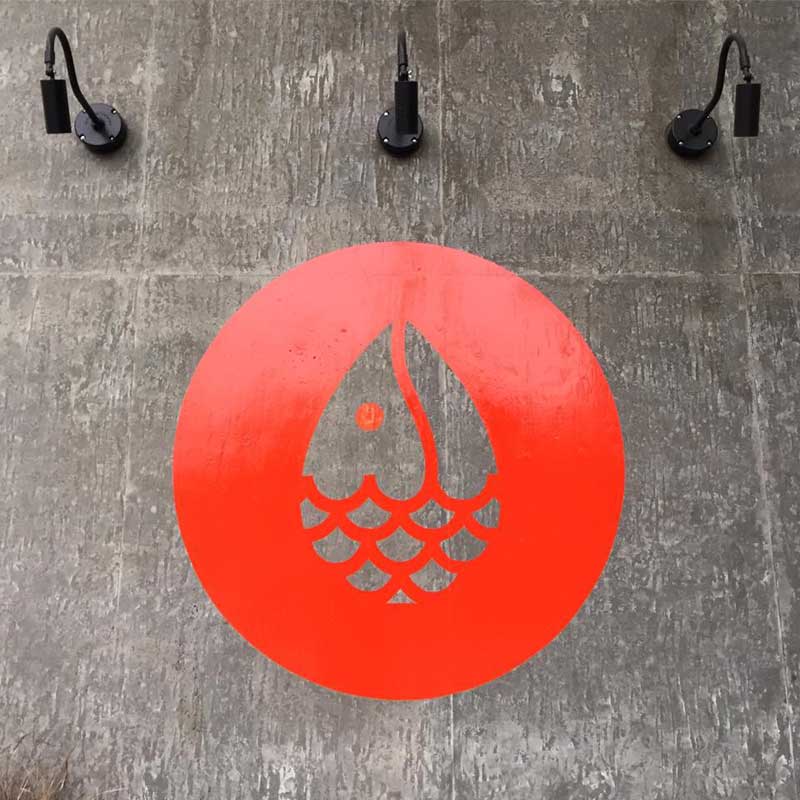
No comments:
Post a Comment